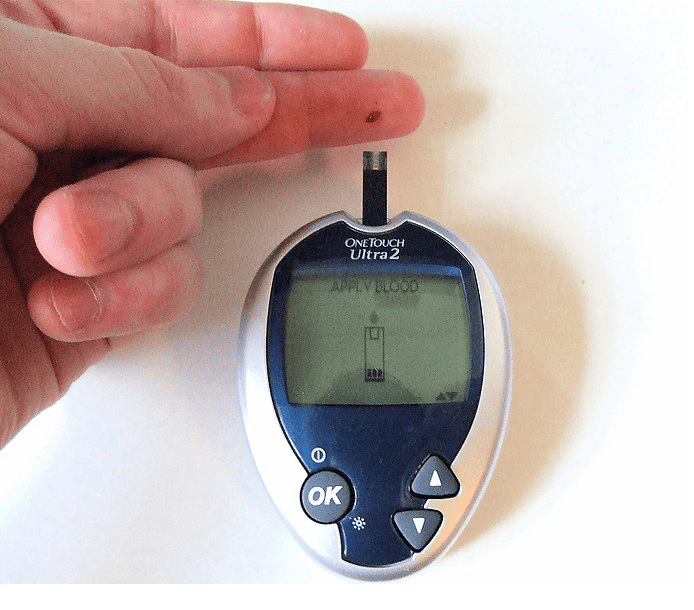In the recent case of Pharma Tech Solutions Inc v Lifescan Inc., Pharma Tech sued LifeScan for allegedly infringing its patents for blood glucose monitoring for at-home use by people with diabetes. LifeScan also sold a home blood-testing kit, but the two kits used different technologies.
The Pharma Tech device
(1) applies a known electric potential across the electrodes, creating a diffusion limiting electric current (referred to as the “Cottrell current”) through the sample; and (2) measures Cottrell current. A proportional relationship exists between the measured current and blood glucose concentration. Based on this proportional relationship, a microprocessor in the meter converts the measured electric current to a blood glucose level and then reports the blood glucose level to the user.
Noted the court,
It is undisputed that LifeScan’s meters neither convert multiple Cottrell current readings to analyte concentration measurements nor compare multiple analyte concentration measurements.
Thus, Pharma Tech agreed that the LifeScan meters didn’t literally infringe the relevant claim of its patents. It argued that the “accused device infringes under the doctrine of equivalents.”
The doctrine of equivalents (DoE) is a rule that allows a court to find a party liable for patent infringement even if the infringing device doesn’t fall within the literal scope of the patent claim, but is nevertheless “equivalent” to the claimed invention.
The district court granted summary judgment of non-infringement because of prosecution history estoppel.
Prosecution history estoppel” is invoked when a patent applicant makes narrowing amendments to its application, then tries to invoke the DoE to broaden its claims.
LifeScan argued that
the inventors’ arguments distinguishing the prior art constituted clear and unambiguous disclaimers of meters that do not perform the claimed conversion and comparison steps.
The Federal Circuit affirmed, noting that it had previously ruled that
[c]lear assertions made during prosecution in support of patentability, whether or not actually required to secure allowance of the claim, may also create an estoppel . . . because [t]he relevant inquiry is whether a competitor would reasonably believe that the applicant had surrendered the relevant subject matter.
In this case,
Based on the inventors’ clear statements, a competitor reviewing the prosecution history of the ’069 patent would reasonably believe that the inventors had surrendered systems that do not convert diffusion limiting current readings to analyte concentration measurements and then compare the resulting analyte concentration measurements.


